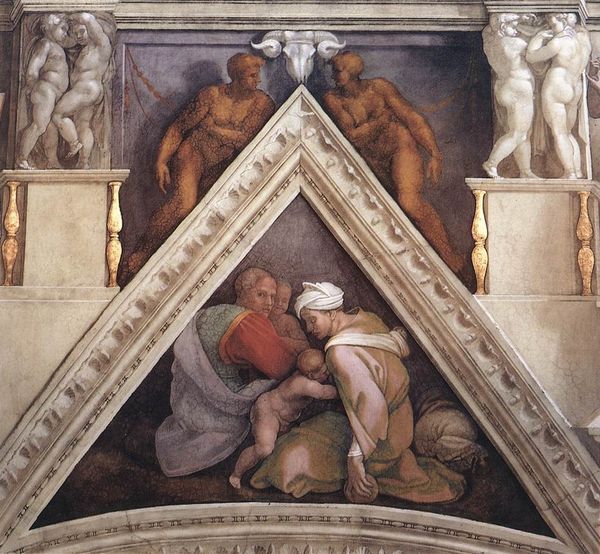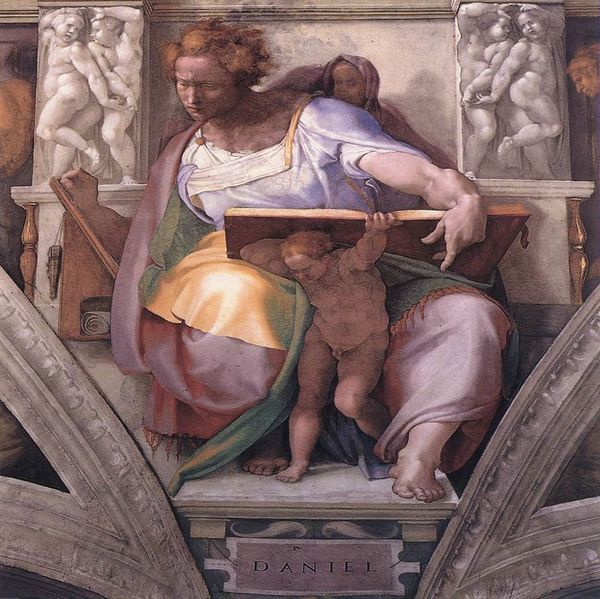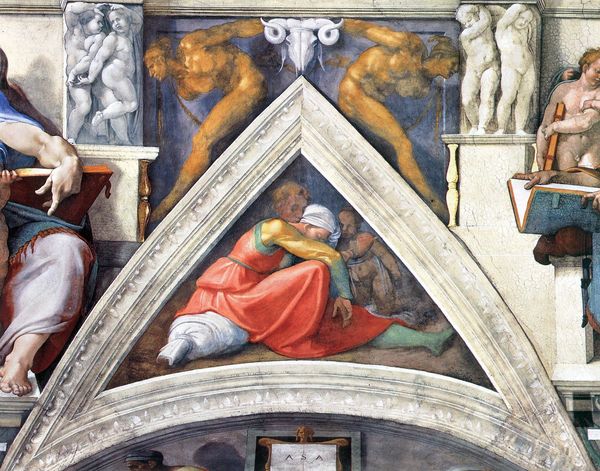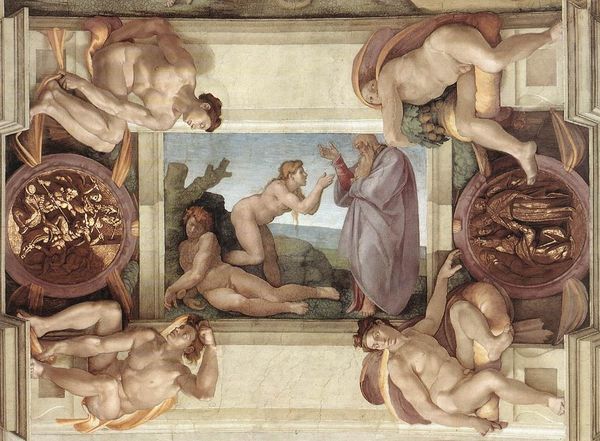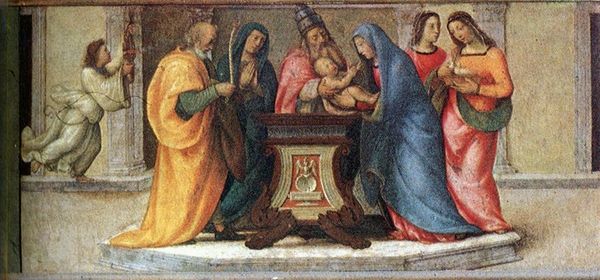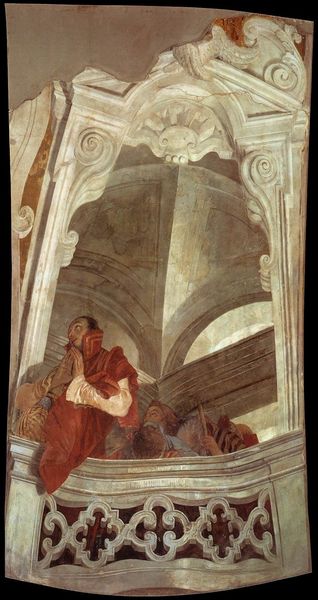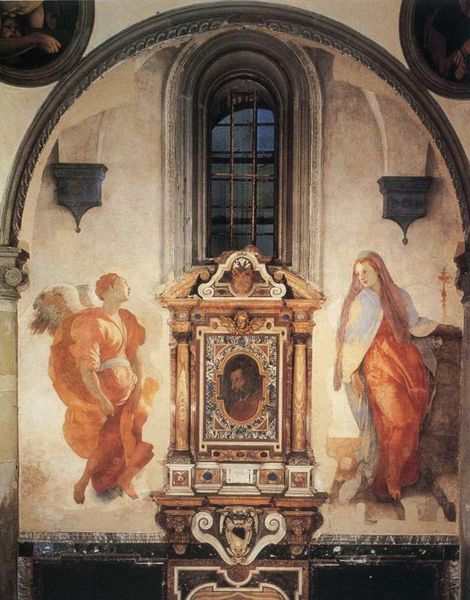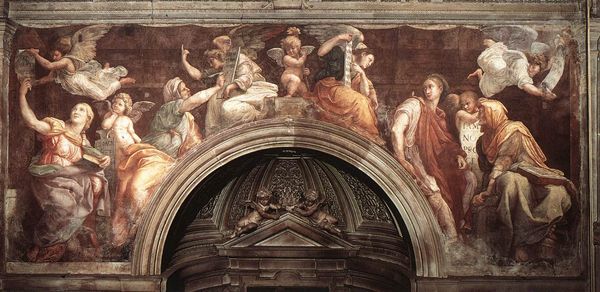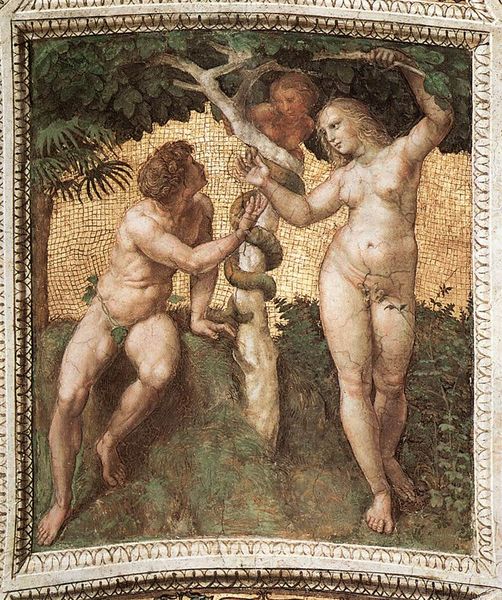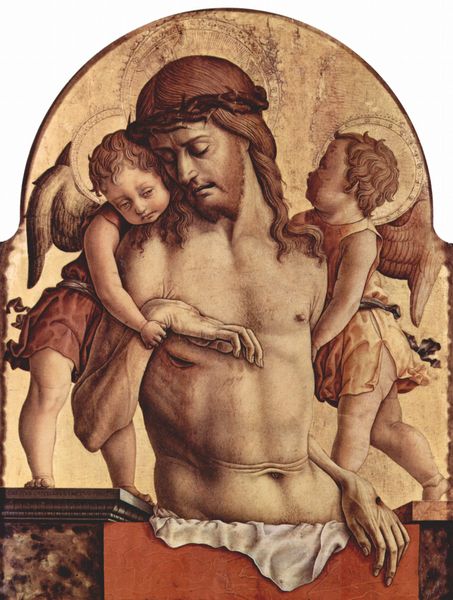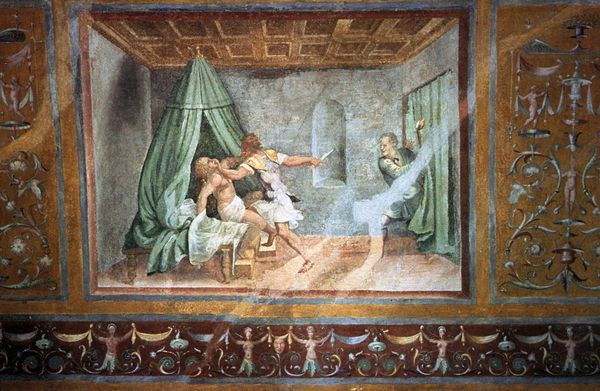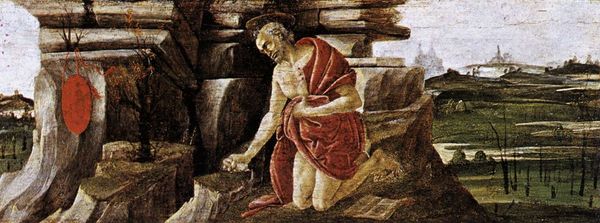The Ancestors of Christ: Josias 1509
🔒Audio guide available with collection purchase
painting, fresco
#
portrait
#
high-renaissance
#
painting
#
sculpture
#
charcoal drawing
#
figuration
#
fresco
#
oil painting
#
christianity
#
men
#
history-painting
#
charcoal
#
italian-renaissance
#
christ
Copyright: Public domain
Comments
No comments
Be the first to comment and join the conversation on the ultimate creative platform.

